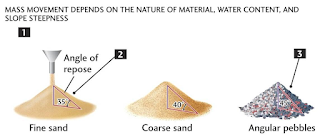History of profession of Pharmacy in India in relation to pharmacy education
Subject: Pharmaceutics-1 (BP103TP) Chapter: 1 Topic: History of profession of Pharmacy in India in relation to pharmacy education History of the Profession of Pharmacy in India in Relation to Pharmacy Education Abstract The profession of pharmacy in India has undergone significant transformations over the centuries, evolving from traditional practices rooted in ancient medicinal systems to a well-regulated profession supported by formal education. This assignment explores the historical progression of the pharmacy profession in India, the establishment and growth of pharmacy education, the regulatory framework, and the contemporary trends that shape the field today. The examination reveals how pharmacy education has been instrumental in elevating the profession and enhancing its contributions to healthcare. Introduction The practice of pharmacy is critical in the healthcare system, involving the preparation, dispensing, and appropriate use of medications. In India, the history of ...


